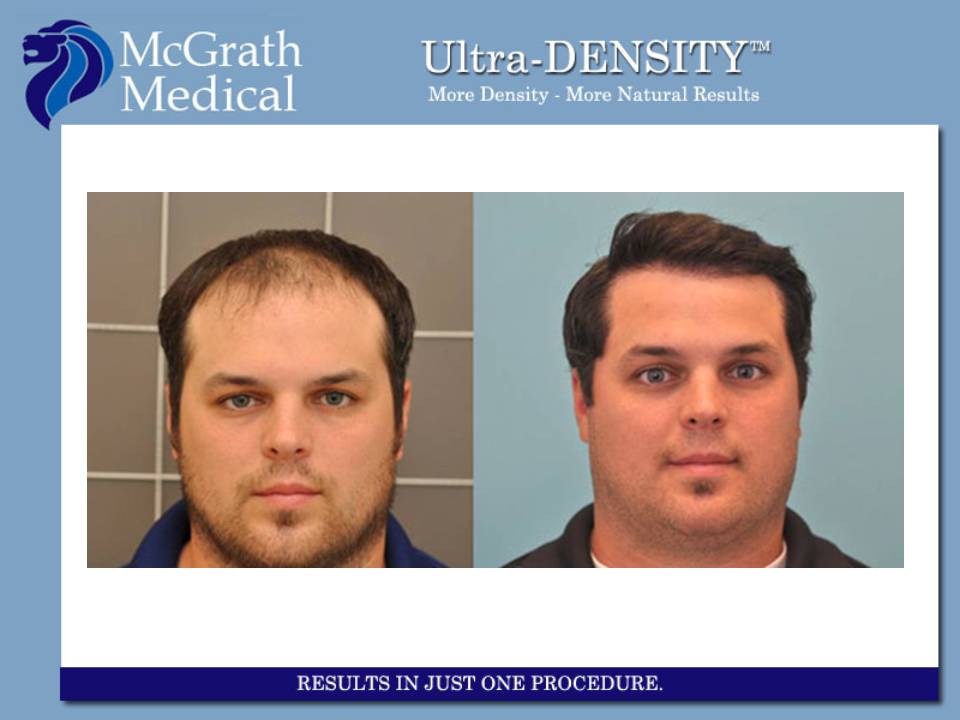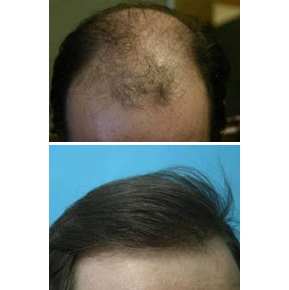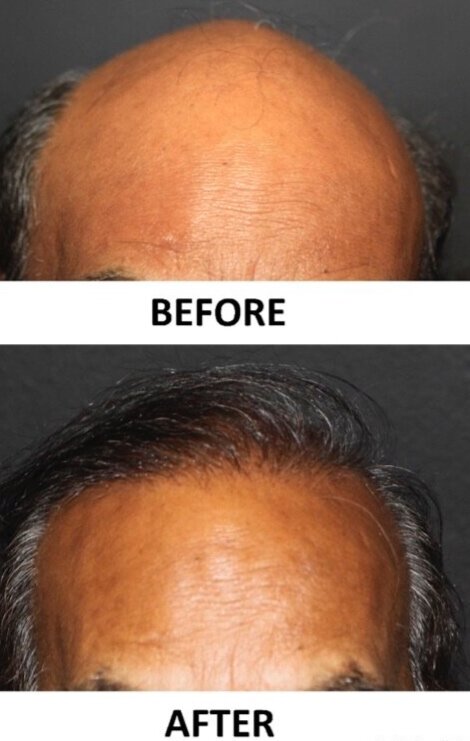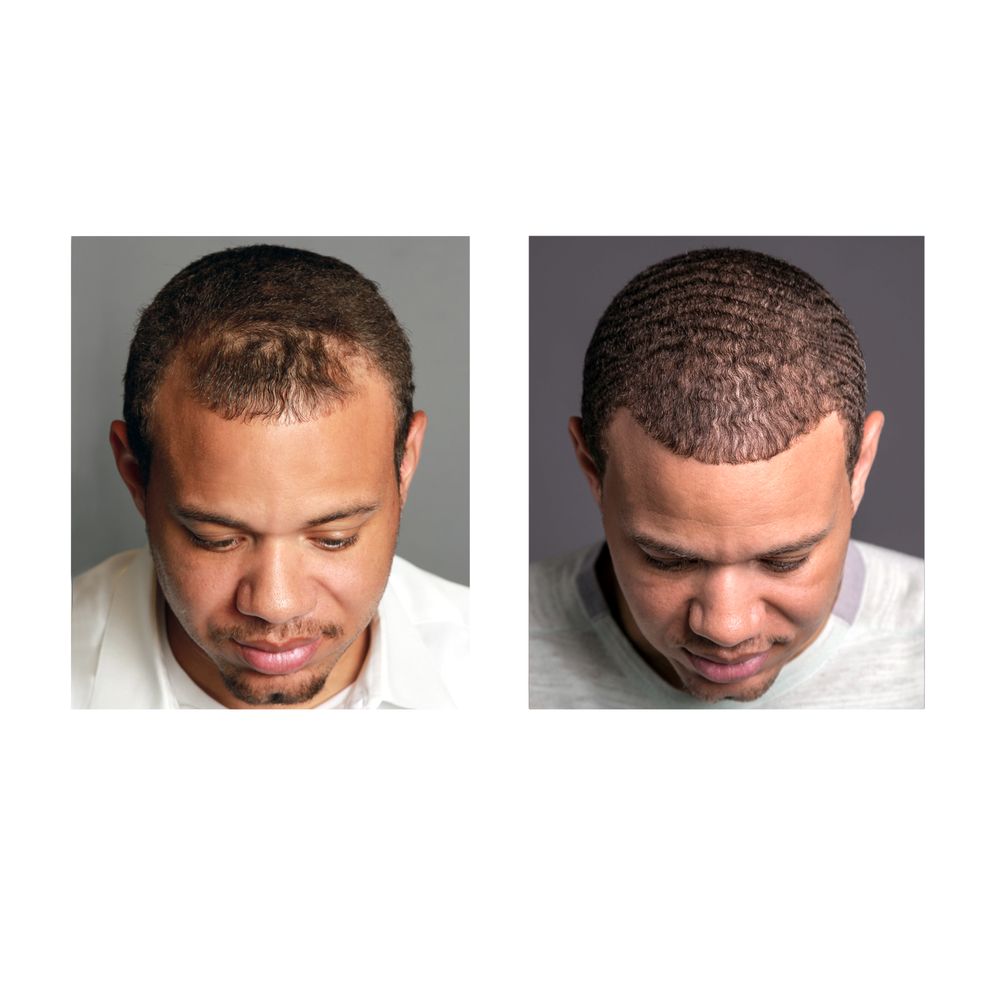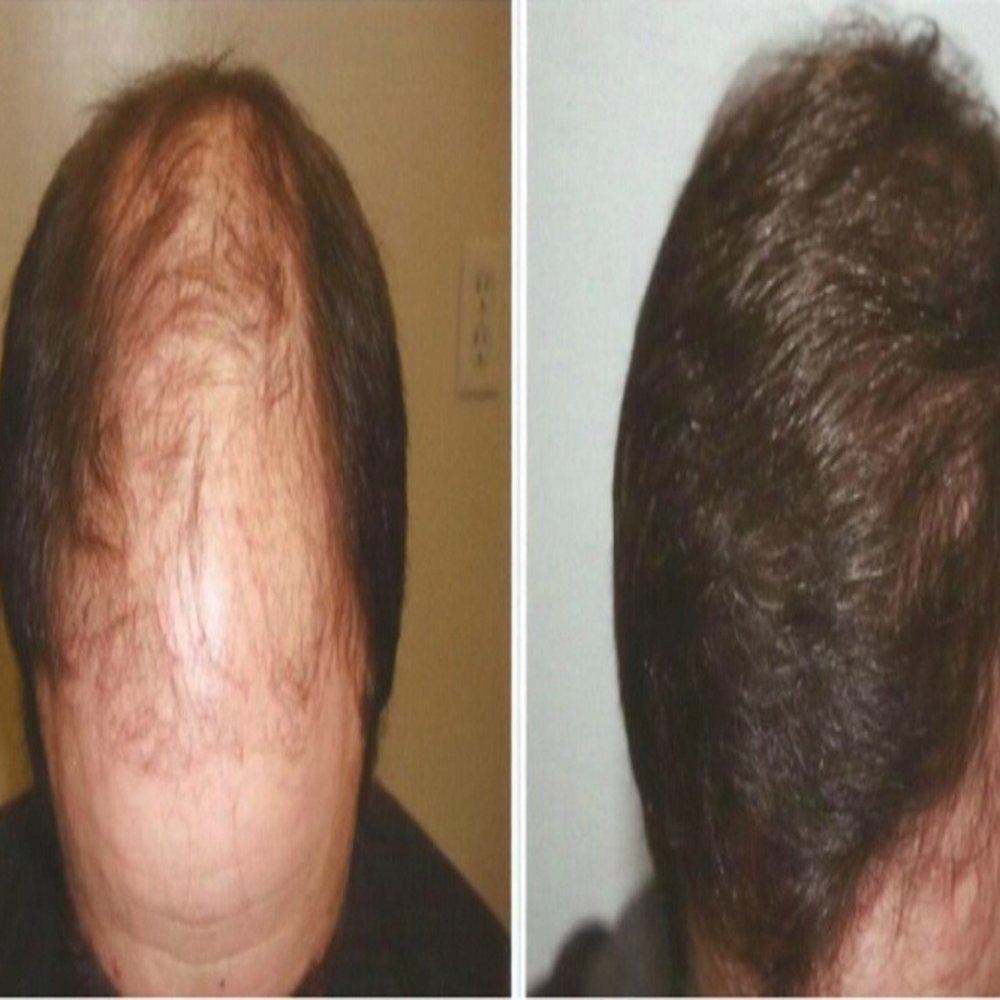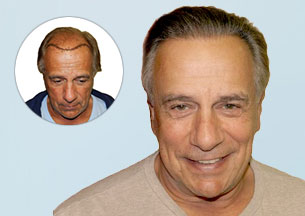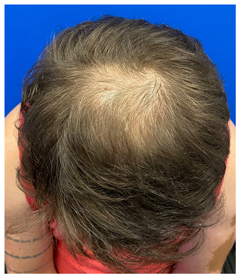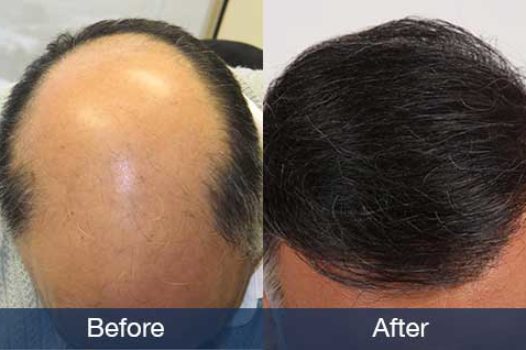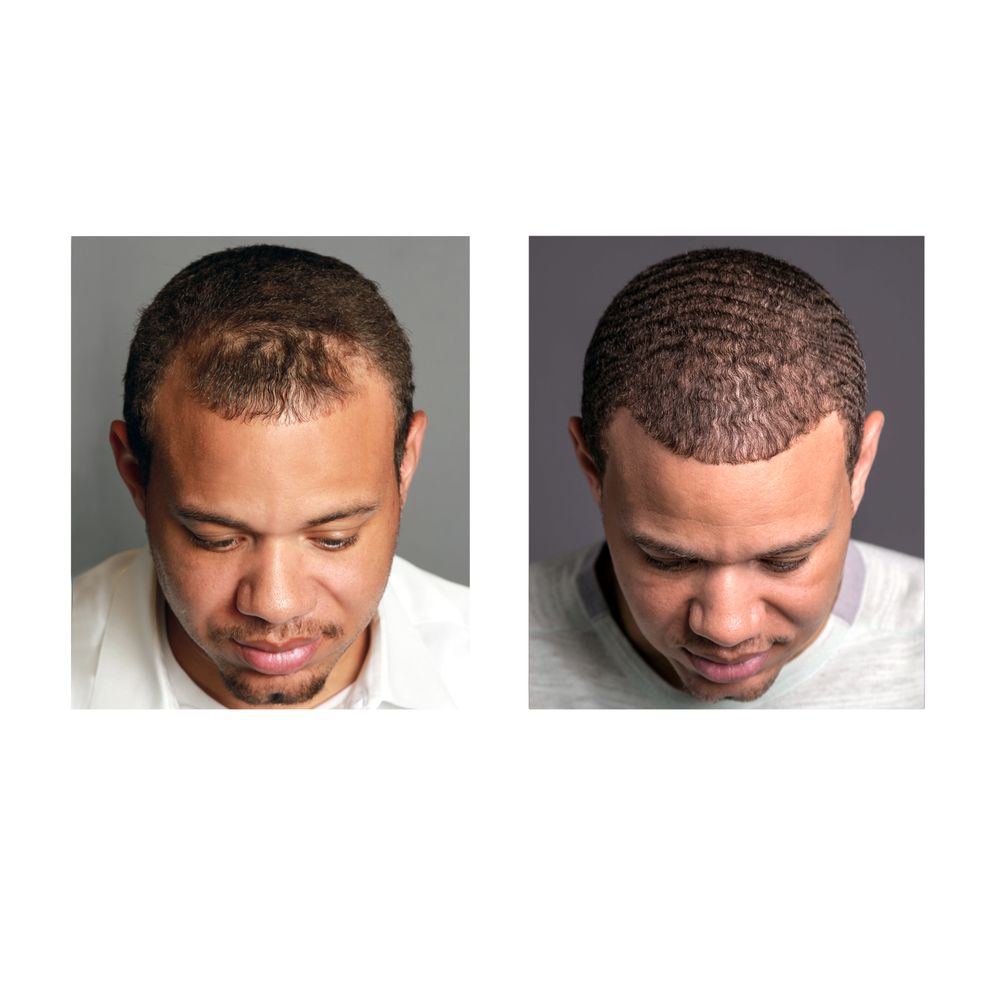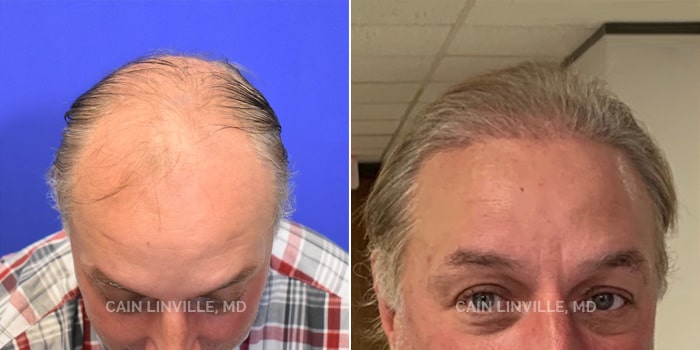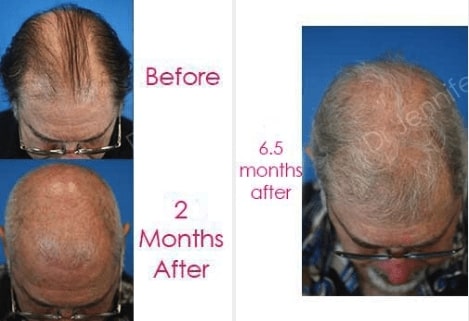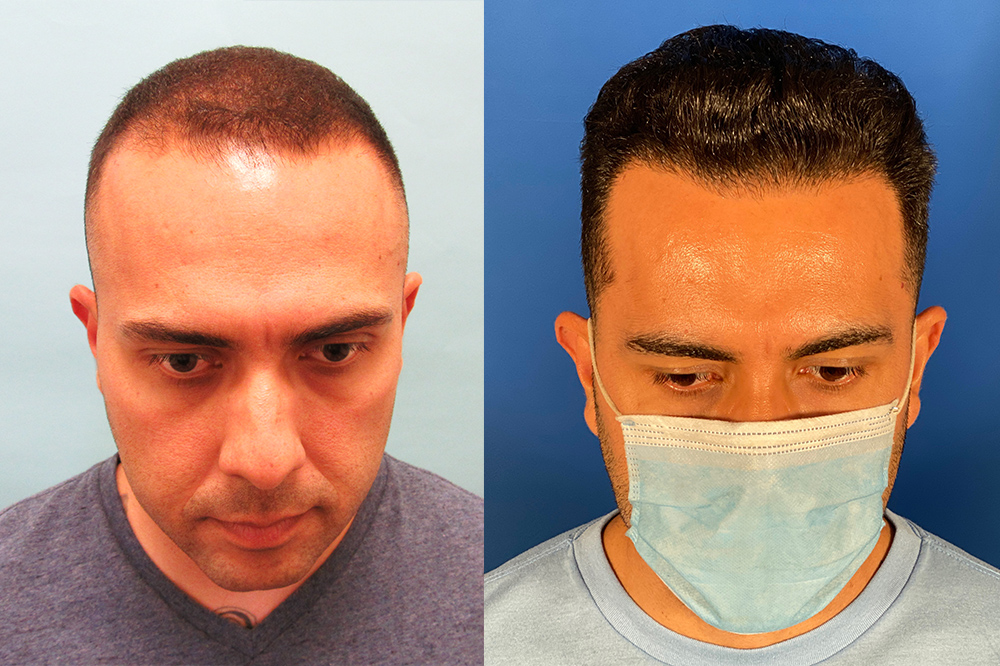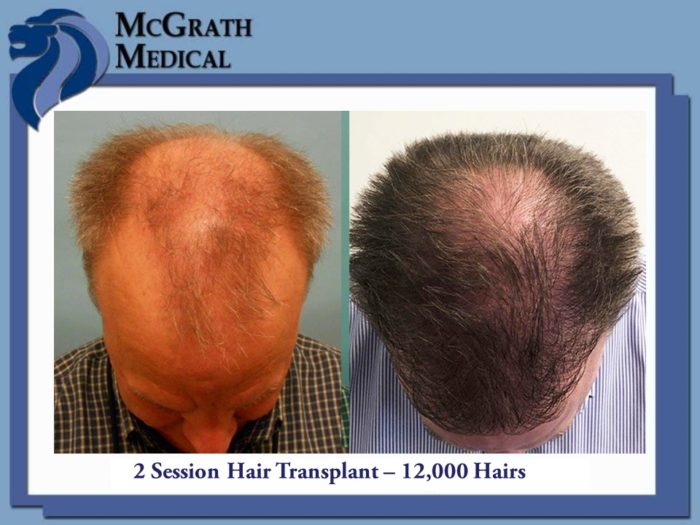Have you been struggling with hair loss and looking for a solution? Look no further! Hair Transplant San Jose California is here to help you regain your confidence and restore your hair. Our team of expert surgeons in San Jose, California specializes in performing cutting-edge hair transplant procedures that are tailored to your specific needs. With our state-of-the-art facilities and advanced techniques, you can trust us to deliver exceptional results. Say goodbye to thinning hair and hello to a full head of luscious locks with Hair Transplant San Jose California.

What is a Hair Transplant
Definition
A hair transplant is a surgical procedure that involves the transplantation of hair follicles from one part of the body, known as the donor site, to another part of the body, known as the recipient site. The procedure is typically used to treat hair loss or baldness and can restore a natural-looking hairline for individuals experiencing hair thinning or balding.
Procedure
During a hair transplant procedure, the surgeon carefully removes hair follicles from the donor site, which is usually the back or sides of the head, where the hair is typically denser. These follicles are then transplanted to the recipient site, which is the area experiencing hair loss. The surgeon uses either the follicular unit transplant (FUT) or the follicular unit extraction (FUE) method to ensure the best results. The procedure can take several hours to complete, depending on the extent of hair loss and the number of follicles to be transplanted.
Benefits
The primary benefit of a hair transplant is the restoration of hair in areas affected by hair loss or balding. This can significantly improve an individual’s self-confidence and self-esteem. Hair transplants provide a long-term solution for hair loss as the transplanted hair follicles are resistant to the hormones that cause baldness. Additionally, the procedure is relatively safe with minimal risks when performed by a qualified surgeon. Hair transplants also have a natural-looking result, making it difficult for others to detect that a hair transplant has been done.
Choosing a Hair Transplant Clinic
Researching Options
When choosing a hair transplant clinic, it is important to research and explore various options available. Look for clinics that specialize in hair transplant procedures and have a good reputation. Start by asking for recommendations from friends, family, or your primary care physician. You can also search online for hair transplant clinics in your area and read reviews from previous patients.
Checking Credentials
Once you have identified potential hair transplant clinics, make sure to check their credentials. Look for clinics that are accredited by reputable organizations such as the American Board of Hair Restoration Surgery (ABHRS). Accreditation ensures that the clinic meets the highest standards of safety and quality. Additionally, check if the clinic’s surgeons are board-certified and have specific training and experience in hair transplant procedures.
Reading Reviews
Reading reviews from previous patients can provide valuable insights into the quality of care and results provided by a hair transplant clinic. Look for reviews on reputable websites, forums, or social media platforms dedicated to hair loss or hair transplant discussions. Pay attention to both positive and negative reviews to get a well-rounded perspective. Reading reviews can help you gauge overall patient satisfaction and the clinic’s commitment to patient care and success.
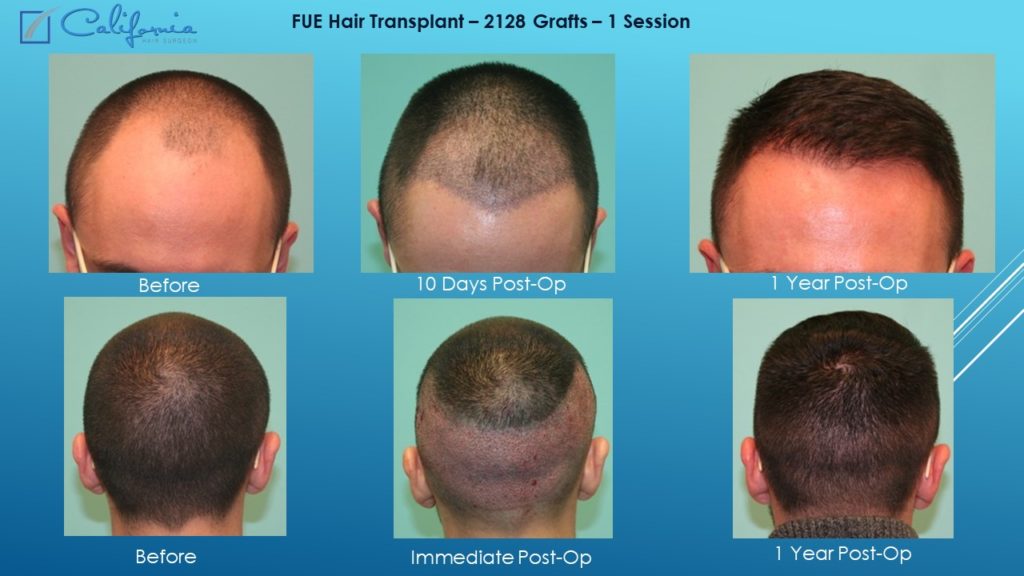
Preparing for a Hair Transplant
Consultation with a Specialist
Before undergoing a hair transplant, it is crucial to have a consultation with a specialist. During this consultation, the specialist will assess your hair loss pattern, examine the donor and recipient areas, and discuss your goals and expectations. The specialist will also explain the different hair transplant techniques and help determine the most suitable approach for your specific case. This consultation is an opportunity to ask questions and address any concerns you may have.
Medical Evaluation
As part of the preparation for a hair transplant, a thorough medical evaluation will be conducted. This evaluation aims to identify any underlying medical conditions or factors that may affect the success of the procedure. The specialist may ask about your medical history, perform blood tests, and assess your overall health. It is important, to be honest and open about your medical history and any medications or supplements you are currently taking.
Instructions for Pre-Procedure
Before the hair transplant procedure, you will be given specific instructions to follow. These instructions may include avoiding certain medications that can increase the risk of bleeding, stopping smoking, and limiting alcohol consumption. You may also be advised to avoid blood-thinning medications and herbal supplements. Additionally, the specialist may provide instructions on how to prepare the scalp for the procedure, such as washing and trimming the hair.
Types of Hair Transplants
Follicular Unit Transplant (FUT)
Follicular Unit Transplant (FUT), also known as strip harvesting, involves surgically removing a strip of skin from the donor site, which is then dissected into individual follicular units. These units are then transplanted to the recipient site. FUT is suitable for individuals with significant hair loss as it allows for the transplantation of a large number of hair follicles in a single session. However, it may leave a linear scar at the donor site, which can be concealed with longer hair.
Follicular Unit Extraction (FUE)
Follicular Unit Extraction (FUE) is a minimally invasive hair transplant technique. During the procedure, individual hair follicles are extracted directly from the donor site using a specialized punch or instrument. These follicles are then transplanted to the recipient site. FUE does not involve the removal of a strip of skin, resulting in minimal scarring and a faster recovery time compared to FUT. It is a suitable option for individuals with mild to moderate hair loss.
Micrografts and Minigrafts
Micrografts and minigrafts are hair transplant techniques that involve the transplantation of smaller hair grafts. Micrografts typically contain one to two hairs per graft, while minigrafts contain three to four hairs per graft. These techniques are often used to achieve a more natural and dense hairline. Micrografts and minigrafts can be used in combination with FUT or FUE to create a customized hair transplant solution based on individual needs and goals.

Cost of Hair Transplant
Factors Affecting Cost
The cost of a hair transplant can vary based on several factors. These factors include the extent of hair loss, the number of hair follicles to be transplanted, the technique used, the location of the clinic, and the experience and reputation of the surgeon. Generally, more extensive hair loss and larger transplant sessions will result in a higher cost. It is important to discuss the cost and financing options with the clinic during the initial consultation.
Average Cost in San Jose
In San Jose, California, the average cost of a hair transplant can range from $5,000 to $15,000 or more. This cost may vary depending on the factors mentioned earlier. It is important to note that the cost of a hair transplant should not be the sole determining factor when choosing a clinic. The experience, qualifications, and reputation of the surgeon, as well as the quality of care provided, should also be taken into consideration.
Financing Options
Many hair transplant clinics offer financing options to make the procedure more affordable. These options may include payment plans, credit card financing, or partnerships with healthcare financing companies. It is advisable to discuss the available financing options with the clinic to determine the best solution for your specific financial situation. Keep in mind that investing in a reputable clinic and experienced surgeon is essential for optimal results and overall satisfaction.
Procedure Day
Preparing for the Procedure
On the day of the hair transplant procedure, it is important to follow any specific instructions provided by the clinic. These instructions may include refraining from eating or drinking for a certain period before the procedure and washing the scalp with a special shampoo. Make sure to wear comfortable clothing and avoid wearing any accessories that may interfere with the procedure. Arrive at the clinic on time and bring any necessary paperwork or identification.
The Surgical Process
The hair transplant procedure typically begins with the administration of local anesthesia to numb the scalp. This ensures that the procedure is virtually painless. Once the scalp is numb, the surgeon will proceed with either the FUT or FUE technique, depending on the predetermined approach. The surgeon will carefully extract and transplant the hair follicles while considering the natural hair growth pattern and aesthetic goals. Throughout the procedure, the surgeon and the medical team will ensure that you are comfortable and well-informed about the progress.
Post-Procedure Instructions
After the hair transplant procedure, the clinic will provide detailed post-procedure instructions. These instructions may include guidelines for showering, sleeping, and taking care of the transplanted area. It is important to follow these instructions carefully to optimize the healing process and maximize the success of the hair transplant. The clinic may also prescribe medications, such as antibiotics or pain relievers, to prevent infection and manage any discomfort or swelling.

Recovery and Follow-Up
Recovery Timeline
The recovery time for a hair transplant can vary from person to person, but most individuals can typically resume their normal activities within a few days to a week. Initially, there may be some redness, swelling, and scabbing in the transplanted area, which should gradually subside within a few weeks. It is important to avoid strenuous activities, direct sunlight, and excessive sweating during the initial recovery period. The clinic will provide specific guidelines for the recovery process and schedule follow-up appointments to monitor progress.
Post-Transplant Care
Proper post-transplant care is essential for the success and longevity of the hair transplant. This may involve gentle washing of the transplanted area with a mild shampoo and avoiding excessive manipulation or rubbing of the scalp. It is important to protect the transplanted area from direct sunlight and wear a hat or use sunscreen when exposed to the sun. The clinic may also recommend using specific hair care products or medications to promote hair growth and maintain the health of the transplanted follicles.
Follow-Up Appointments
Following a hair transplant procedure, several follow-up appointments will be scheduled to monitor the healing process and evaluate the growth and density of the transplanted hair follicles. These appointments allow the surgeon to make any necessary adjustments or provide additional guidance for optimal results. It is important to attend all follow-up appointments as they play a crucial role in the overall success and satisfaction with the hair transplant.
Potential Risks and Side Effects
Temporary Side Effects
After a hair transplant procedure, it is common to experience temporary side effects. These may include swelling, redness, and minor soreness in the transplanted and donor areas. These side effects typically subside within a few weeks. Post-procedure care and following the instructions provided by the clinic can help minimize these side effects and promote proper healing.
Scarring
Scarring is a possible risk associated with hair transplant procedures, particularly with the FUT technique. FUT involves the removal of a strip of skin, which can leave a linear scar at the donor site. However, this scar can usually be concealed with longer hair. The FUE technique, on the other hand, does not typically result in a visible linear scar, as it involves extracting individual hair follicles. The development and visibility of scars can also vary based on individual factors such as healing abilities and proper post-procedure care.
Infection
While rare, the risk of infection exists with any surgical procedure, including hair transplants. To minimize the risk of infection, it is important to follow proper post-procedure care instructions, keep the transplanted area clean, and avoid touching or scratching the scalp during the healing process. The clinic may prescribe antibiotics to prevent infection, and it is crucial to take them as directed. In case of any signs of infection, such as increased redness, swelling, or persistent pain, it is important to contact the clinic immediately.
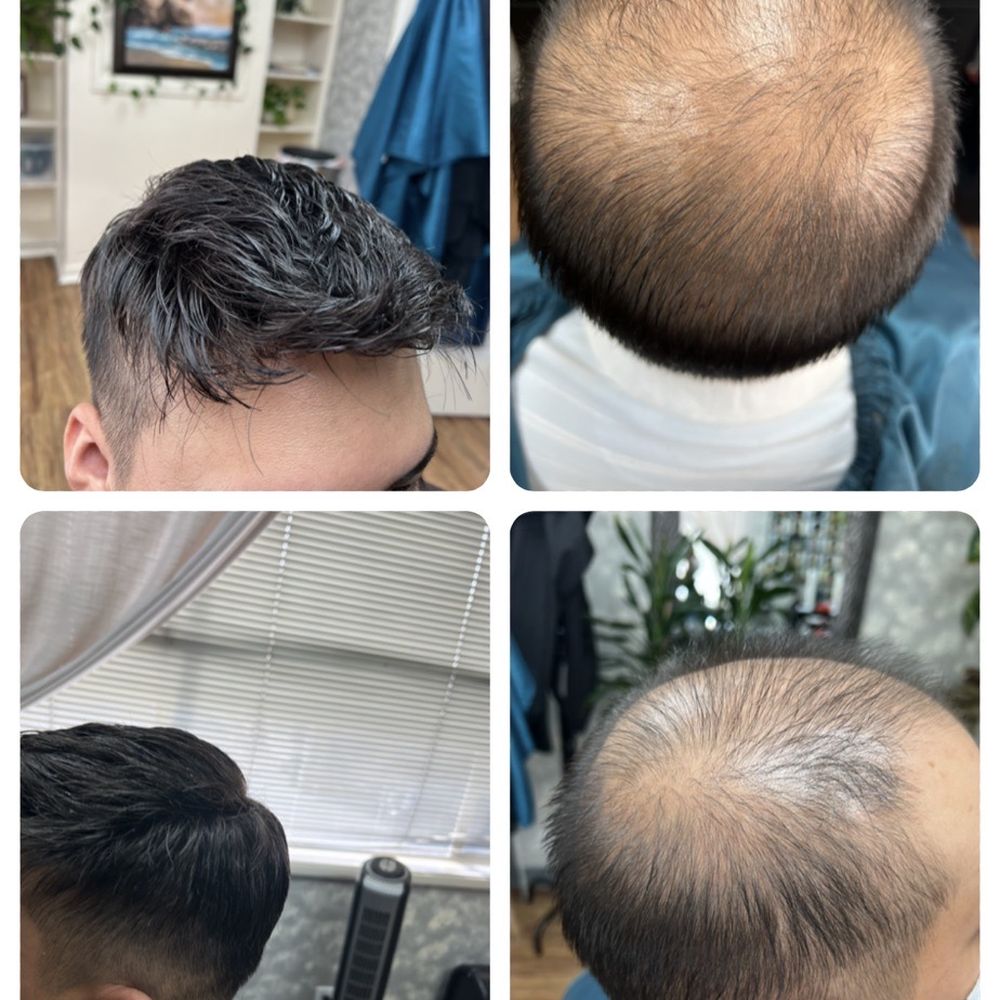
Success Rate and Results
Expected Results
The success of a hair transplant depends on various factors, including the individual’s hair loss pattern, the quality of transplanted hair follicles, and the expertise of the surgeon. In general, hair transplant procedures have a high success rate, with most individuals experiencing noticeable hair growth in the transplanted areas within a few months. It is important to have realistic expectations and understand that complete hair restoration may require multiple sessions or additional hair loss treatments.
Factors Affecting Success
Several factors can affect the success of a hair transplant. These include the skill and experience of the surgeon, the quality and viability of the transplanted hair follicles, the individual’s overall health, adherence to post-procedure care instructions, and proper follow-up appointments. It is important to choose a reputable clinic and a qualified surgeon to ensure the best possible outcome. Open communication with the surgeon and realistic expectations are also crucial for a successful hair transplant.
Real Patient Testimonials
Reading real patient testimonials can provide valuable insights into the results and patient experiences with hair transplant procedures. Many hair transplant clinics showcase testimonials on their websites or provide the contact information of previous patients willing to share their experiences. These testimonials can help you gain a better understanding of what to expect and evaluate whether the clinic and surgeon can reliably deliver the desired results.
Alternatives to Hair Transplant
Medications
Medications such as finasteride and minoxidil are commonly used as non-surgical alternatives to hair transplant procedures. Finasteride works by blocking the hormone responsible for hair loss, while minoxidil helps stimulate hair growth. However, these medications may not be effective for everyone, and they require long-term use to maintain results. It is important to consult with a healthcare professional to determine the most suitable medication and understand the potential benefits and risks.
Scalp Micropigmentation
Scalp micro pigmentation involves the application of tiny pigment dots on the scalp to create the illusion of a shaved or closely cropped hairstyle. This technique is often used to create a fuller appearance, camouflage scars or thinning areas, or enhance the results of a hair transplant. Scalp micropigmentation provides immediate results and is a non-invasive alternative to hair transplant surgery. However, it does not promote actual hair growth or restore a natural hairline.
Wigs and Hairpieces
Wigs and hairpieces are non-surgical options for individuals seeking to enhance their hair density or cover balding areas temporarily. These can be made from synthetic or human hair and are available in various styles, colors, and qualities. Wigs and hairpieces offer immediate results and can be customized to match an individual’s desired look. However, they require regular maintenance, may be less durable than natural hair, and do not address the underlying cause of hair loss.
Hair transplant procedures offer a long-term solution for hair loss and can significantly improve an individual’s self-confidence and appearance. When considering a hair transplant, it is important to thoroughly research and choose a reputable clinic, consult with a specialist, and understand the different techniques and costs involved. Proper preparation, post-procedure care, and follow-up appointments are crucial for optimal results. While there are alternatives to hair transplants, such as medications, scalp micro pigmentation, and wigs, they may not provide the same long-lasting and natural-looking results as a hair transplant.
Maps of San Jose, California
Japantown
Video of Japantown San Jose, California
Willow Glen
Video of Willow Glen San Jose, California
Weather in San Jose, California
Related Terms About Hair Transplant San Jose California
2 000 Hair Grafts Cost, Best Hair Transplant In San Jose, Hair Transplant Assistant Jobs, Hair Transplant Cost San Jose, Hair Transplant In San Jose, Hair Transplant San Antonio Cost, Hair Transplant San Jose, Hair Transplant San Jose Ca, How Long Until Hair Transplant Grafts Secure, How Much Does A Hair Transplant Cost In Texas, When Hair Transplants Go Wrong, Where Hair Transplant Surgery


